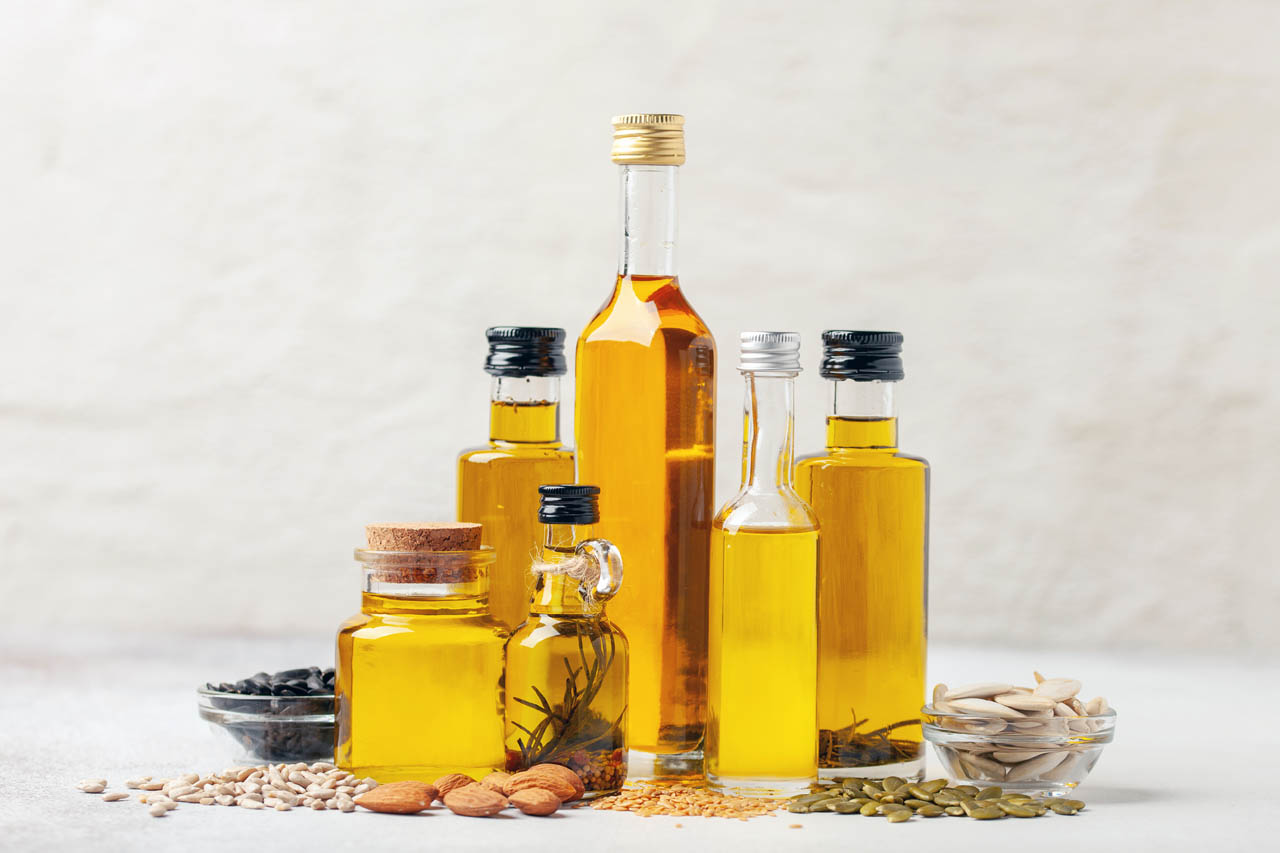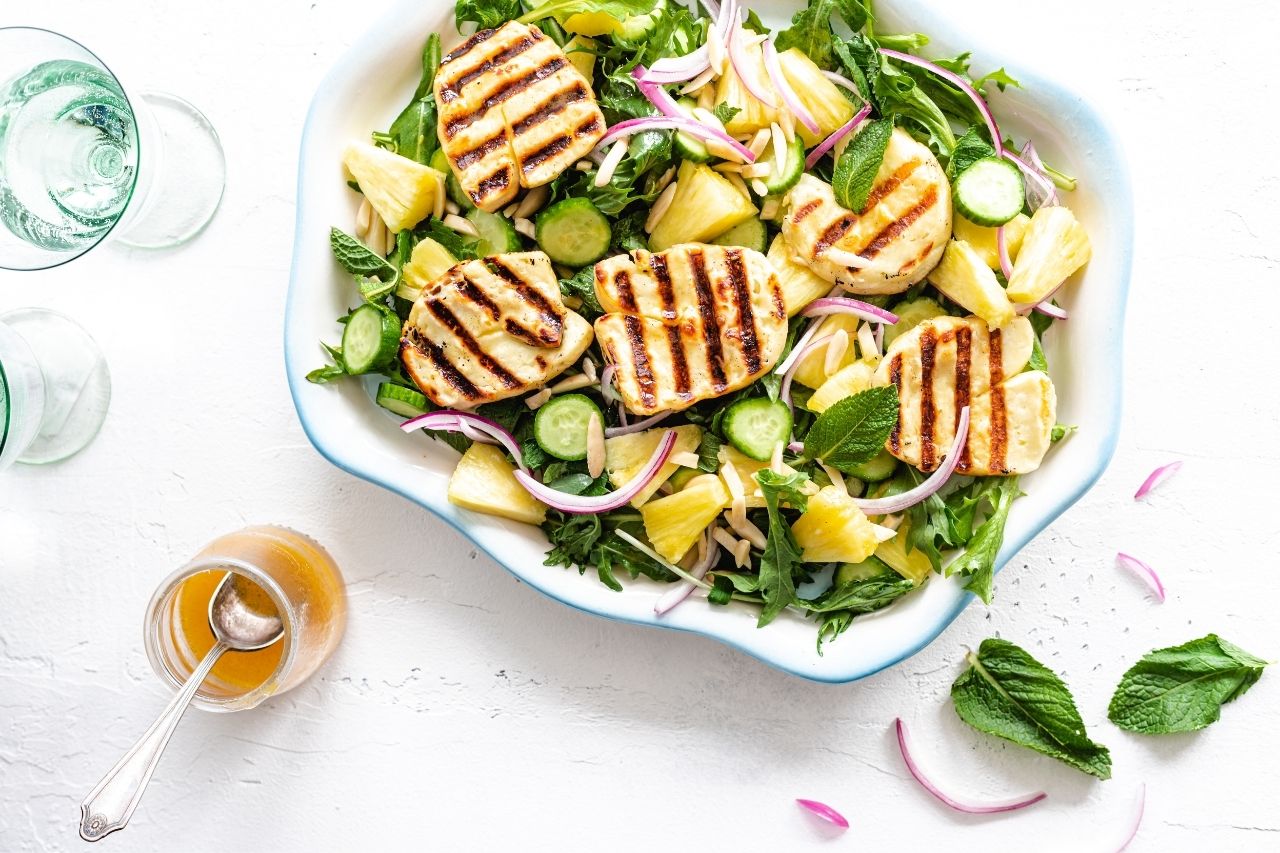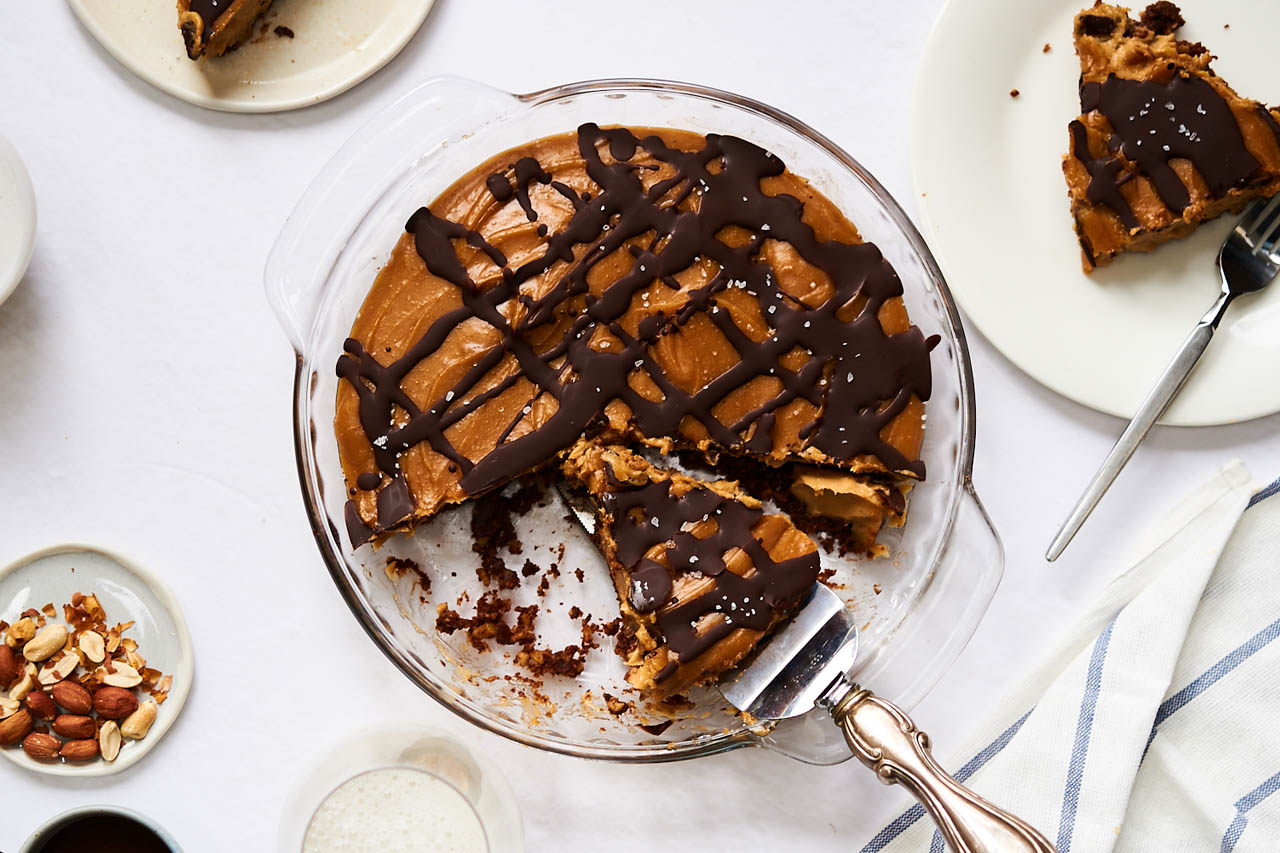
Whether you want to deep fry without filling your kitchen with smoke or add a finishing touch to a dish that will help its flavours pop, different oils can make dramatically different contributions to your cooking. Each type of cooking oil is best suited to certain culinary applications and offers its own distinctive flavour profile. If you’ve ever felt stumped on which oil to reach for in your pantry, this overview of some of the most commonly-used kitchen oils is here to guide you.
The basics
Understanding which oil to use for a particular purpose is easier if you know a few basics about oil. In general, the lighter the colour of the oil, the more neutral the flavour. Many cooking oils come in unrefined and refined versions, with the unrefined versions typically offering a bigger flavour that tastes like whatever the oil is made from. That means you can expect unrefined coconut oil to have a sweet, more coconut-y flavour than refined coconut oil, for example.
The best cooking oil for a specific culinary application is often related to its smoke point, which is the temperature at which the oil begins to break down and burn. Aside from making your kitchen unpleasantly smoky, hitting an oil’s smoke point can deteriorate the nutritional value and flavour of your dish, breaking down its nutrients and making it taste bitter. When you’re cooking at high heat, you want to choose an oil with a high smoke point.
Types of oils and how to use them
Olive oil
Olive oil is a mainstay for many home chefs since it can be used for cooking as well as in dressings and sauces. Olive oil has a medium smoke point, making it ideal for baking, roasting, and sautéing over low to medium heat – but you’ll want to keep it holstered if you’re doing a high-heat cooking technique like deep-frying.
There are many varieties of olive oil, with extra-virgin olive oil featuring the richest flavour and darkest colour. Save your high-quality olive oils for dressings or for drizzling over finished dishes, which will allow you to best appreciate their nuanced flavours.

Get the recipe: Grilled Halloumi Salad with Olive Oil Dressing
Vegetable oil
Vegetable oil is made from a blend of refined oils, which typically includes soybean oil. Its neutral taste and high smoke point make it perfect for cooking, frying, and baking at high temperatures, particularly when you want an oil that won’t impact the taste of your dish.
Canola oil
With its mild flavour, affordable price, and high smoke point, canola oil is a multitasker that works well for frying and sautéing. It’s particularly useful for bold dishes in which you want the oil to take a backseat to the other flavours happening in your bowl. Canola oil’s mellow taste also makes it a good choice for baked goods.
Canola and vegetable oils are generally interchangeable in recipes. Many home chefs prefer canola, however, because it’s made from a single ingredient, compared to vegetable oil which is made from a combination of oils.
Sesame oil
Sesame oil comes in two varieties: regular and toasted. Regular sesame oil has a mild flavour and a high smoke point, so you can use it for sautéing, frying, roasting, and grilling. With its richer taste, toasted sesame oil is best saved for marinades or drizzling over finished dishes to add a boost of nutty flavour.

Get the recipe: Sesame Soba Noodles With Kale and Edamame
Peanut oil
With a high smoke point and a subtly nutty flavour, peanut oil is well-suited to high-heat cooking, such as searing, roasting, sautéing, and stir-frying, as well as deep-frying dishes like fried chicken. It contains both good unsaturated and less healthy saturated fats, but it’s also high in vitamin E.
Avocado oil
Avocado is a great all-arounder with a high smoke point and a neutral flavour that makes it ideal for roasting, frying, searing, and other high-heat cooking methods, as well as for use in dressings and marinades. It’s also a particularly healthy oil that’s high in good monounsaturated fat.
Coconut oil
Coconut oil is solid at room temperature as a result of its high saturated fat content, which means it’s difficult to use in dressings or other cold dishes. It can, however, be used for roasting or sautéing at a medium temperature, as well as for making baked goods.
Grapeseed oil
Grapeseed oil is another handy go-to that offers a high-smoke point and minimal flavour. You can use it for high-temperature cooking as well as both sweet and savoury baking. It also goes well in dressings, with many home chefs choosing it as an alternative to olive oil thanks to its more budget-friendly price point.

